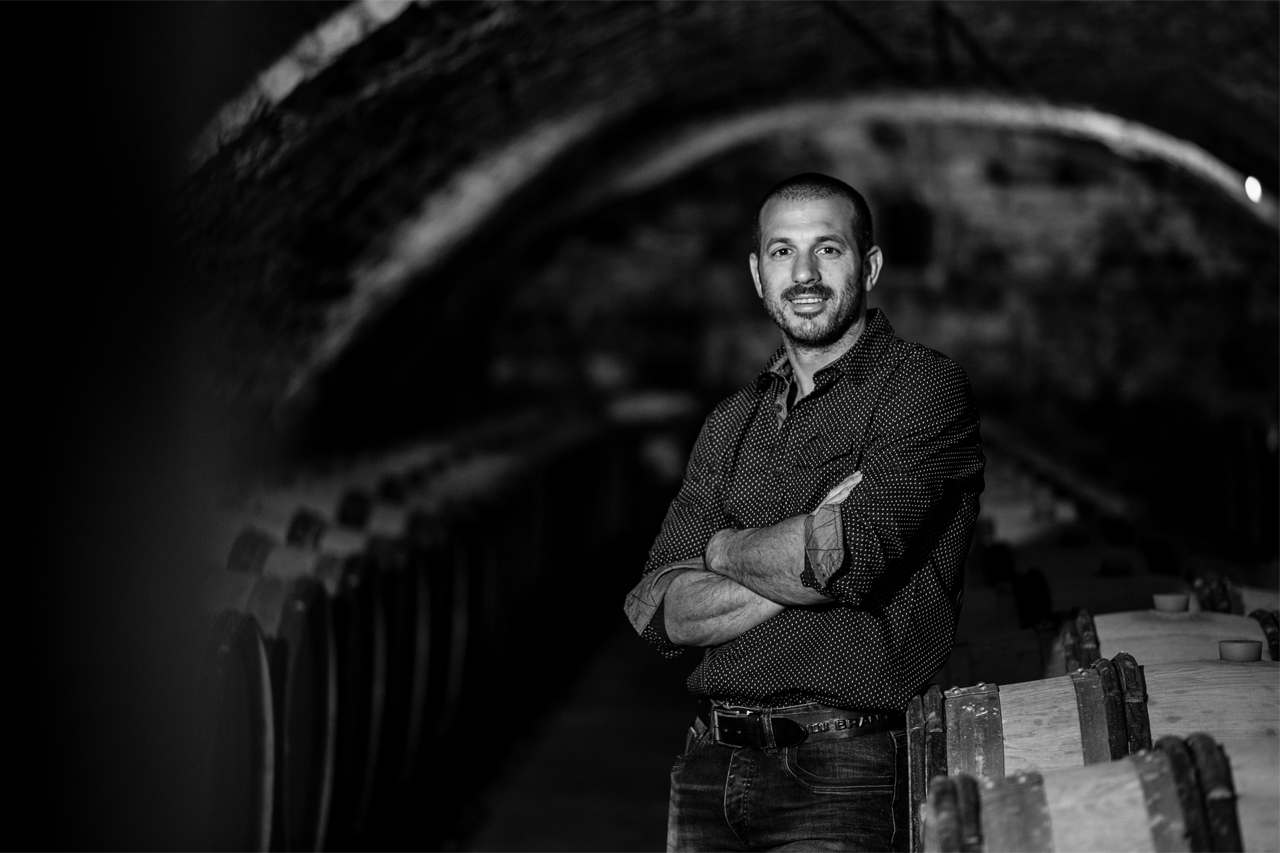

Many viticultural regions in France serve as benchmarks for the rest of the world, and Chablis is numbered among them. The landscape surrounding […]
Keep ReadingMany viticultural regions in France serve as benchmarks for the rest of the world, and Chablis is numbered among them. The landscape surrounding this idyllic Burgundian village has been planted with vines for centuries. At some point in the distant past, the residents and farmers discovered the wonderful symbiosis between Chardonnay and the Kimmeridgian limestone soils of this rolling, bucolic land. So distinct are the Chardonnays from these hills that they have come to represent a style of Chardonnay from innumerable places outside of Chablis itself. Many will say that their wines are chablisienne or inspired by the wines of Chablis. Imitation is, after all, the sincerest form of flattery.
The millions of years of geological history that built the soils of Chablis combined with its northerly latitude makes for wines of upright clarity, piercing minerality, tremendous focus, and remarkable longevity. Of the two main soil types in Chablis, Kimmeridgian and Portlandian limestone, the former reigns supreme, but the ever-growing demand for this authentically bracing style of Chardonnay mean that there is a growing temptation to expand the borders of the appellation continually, and prices have been steadily increasing as vineyards become harder to acquire. There are fewer and fewer bargains in Chablis these days as more and more growers turn to industrial farming styles and winemaking. Yet, despite market pressures, there remain a handful of faithful producers and families in Chablis. The Droin family is one of these.
Father Jean-Paul and son Benoît Droin can trace their family roots as vineyard owners back to the early 17th century. Through succeeding generations, they have acquired a little over 26 hectares of vineyards with extensive holdings in Premier and Grand Cru sites. Their best sites and oldest wines are still harvested by hand, while many of their neighbors have replaced their old vines so they could machine harvest. In 1999 Benoît began plowing his vineyard to help revitalize the soil’s microbial life and prune his vines differently to decrease yields and reduce the disease pressures in this famously inclement appellation. Harvest is conducted early – just as the grapes reach ripeness to preserve the final wines’ natural acidity. The new cellar, built on the edge of the sleepy village of Chablis in 1999, sees a mix of modern and traditional winemaking techniques where both stainless steel tanks and French oak barrels are used to make the wines. Fermentations are conducted, after a gentle pneumatic pressing, in stainless steel tanks by natural yeasts. Only small percentages of new barrels are introduced each year, and primarily for the Grand Cru wines.
Close
Benoît Droin it the cellars of Domaine Jean-Paul & Benoît Droin
Benoît Droin it the cellars of Domaine Jean-Paul & Benoît Droin
Benoît Droin it the cellars of Domaine Jean-Paul & Benoît Droin


